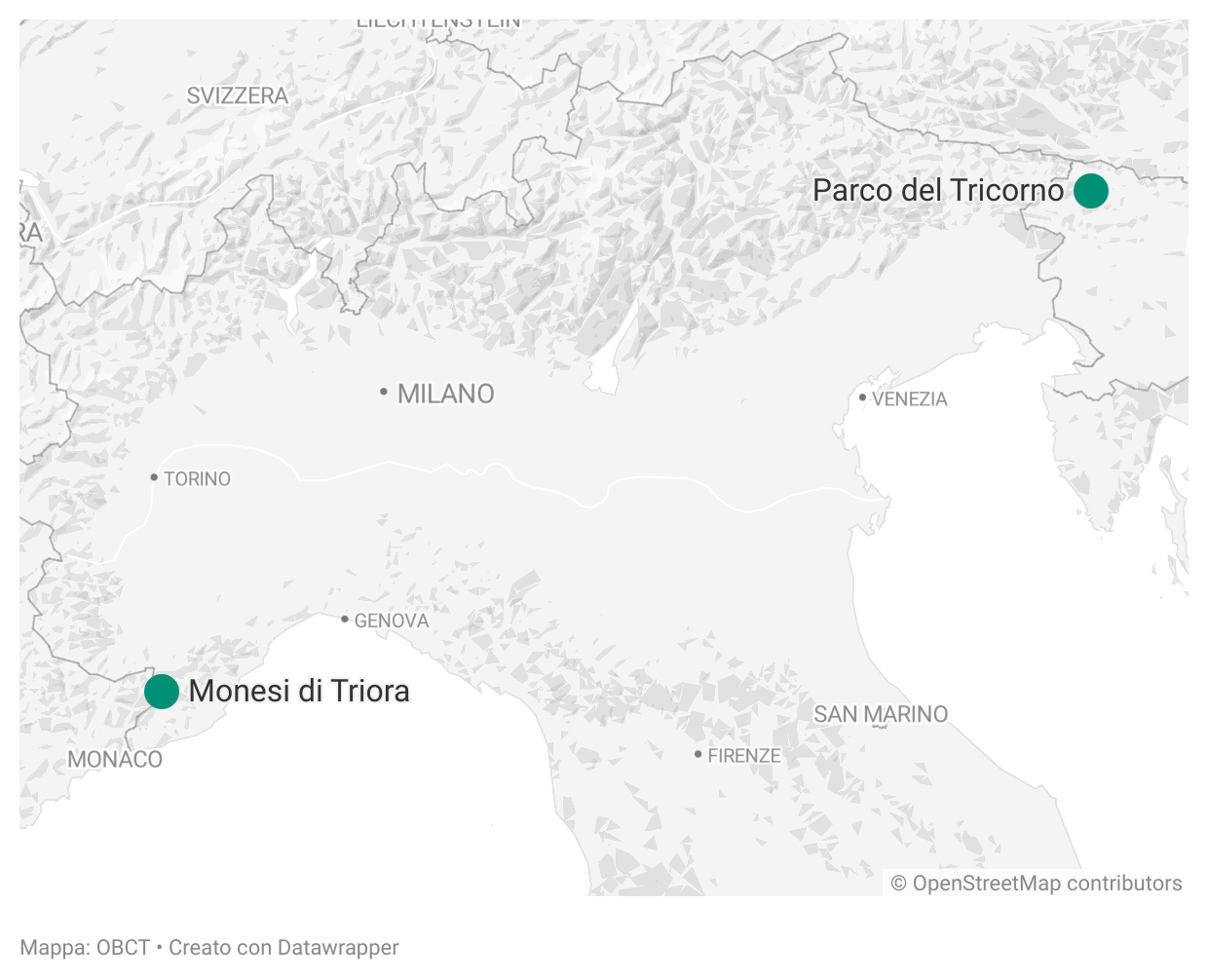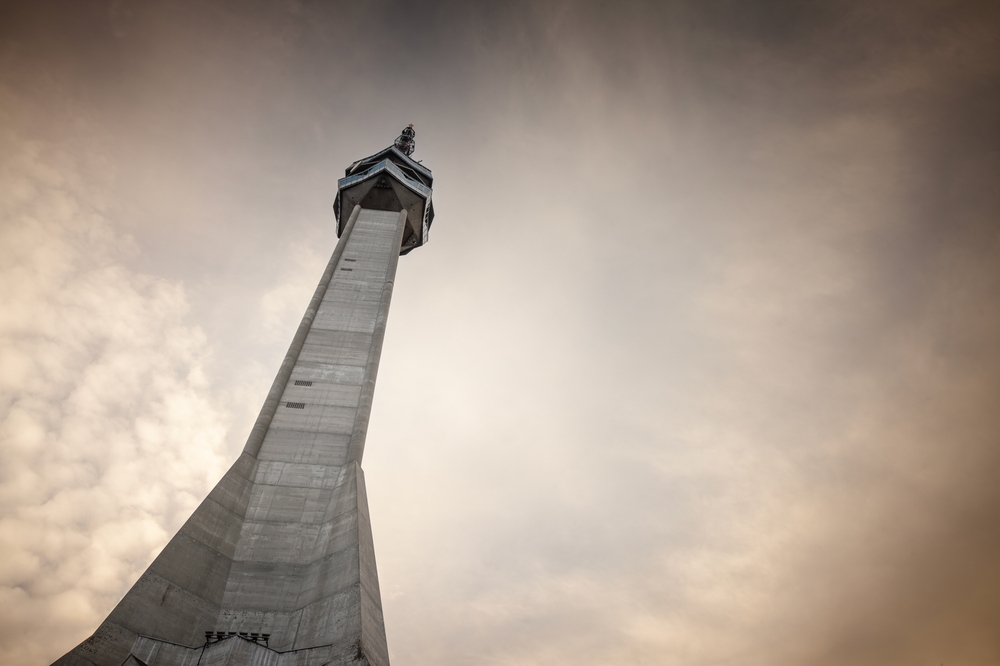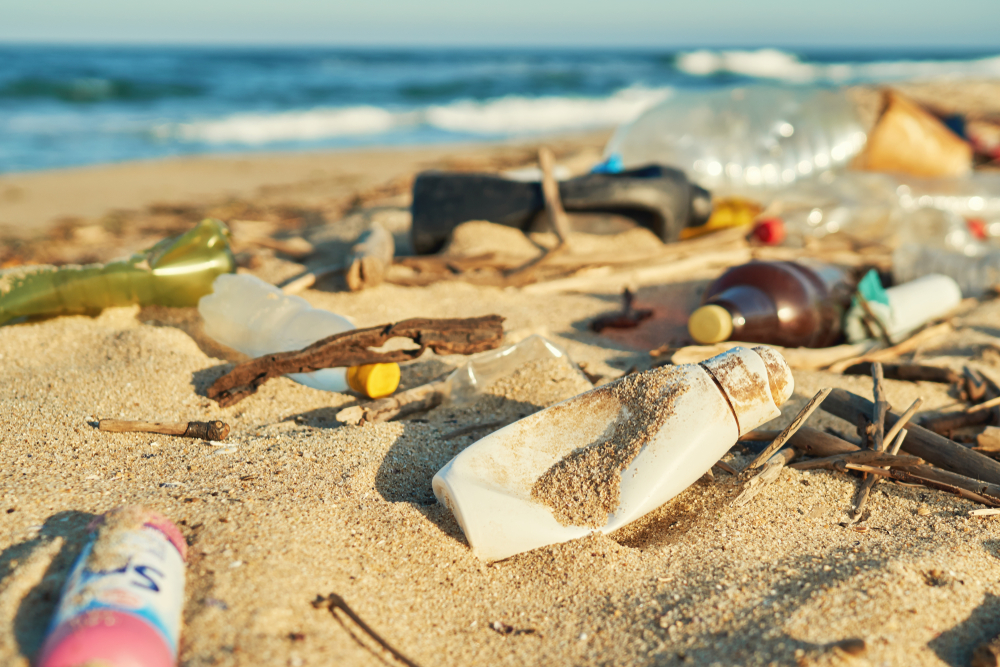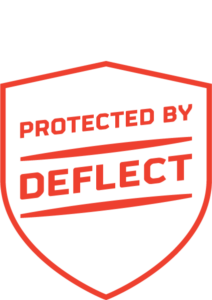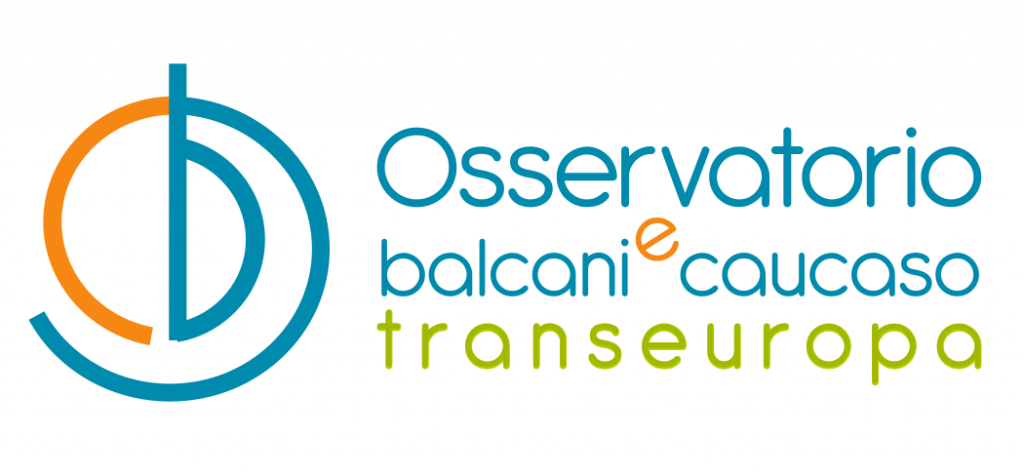Alps, imagining the mountain beyond the snow
Many low- and mid-altitude ski resorts, due to global warming, remain without snow, but not necessarily without tourists. There are ways to reinvent the mountain: an ongoing cross-border project, BeyondSnow, helps some Alpine resorts understand how to do it
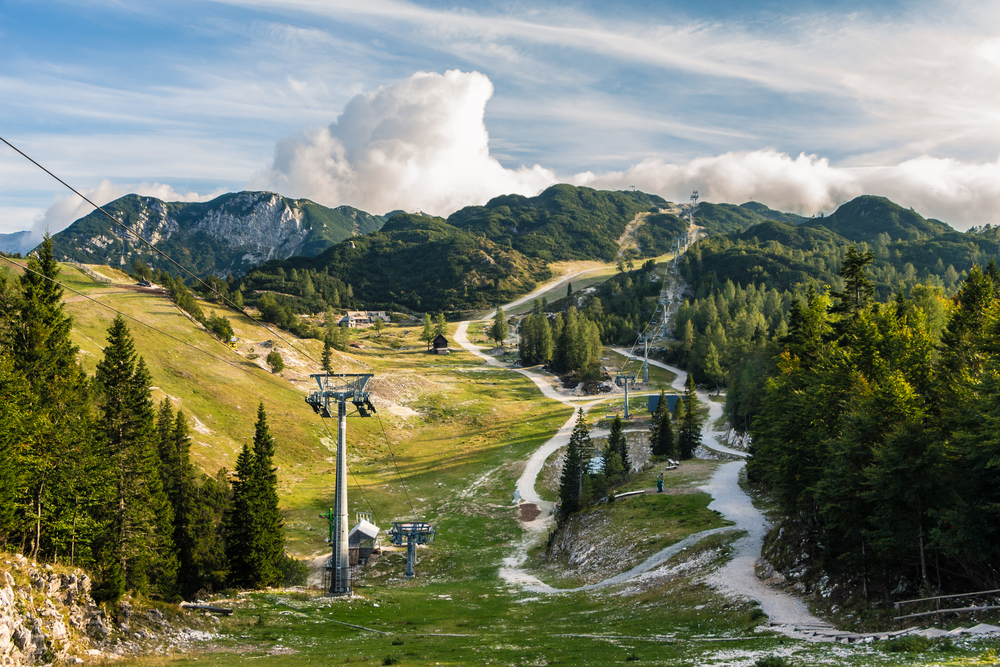
Alpi-immaginare-la-montagna-oltre-la-neve
Ski resort in Triglav National Park, Slovenia (© Nadezhda Kharitonova/Shutterstock)
When it falls heavily, snow can make those walking in the mountains lose their way. But when it does not fall, it can cause those who live in the mountains all year round – and count on the snow blanket to attract crowds of tourists looking for fun, relaxation and ski slopes – to lose their identity. This is exactly what is happening in an ever-increasing number of low- and medium-altitude mountain resorts, primarily those located in the Alps.
In this area, in fact, the number of snow days has been decreasing for half a century at a rate of 5.6% per decade . We are witnessing a change of scenery that is not only visual but also social and touristic, with obvious economic impacts that are not easy to manage.
It is true that there is artificial snow, but it is a very expensive option that requires a lot of energy and water, as well as certain air temperatures and humidity levels. It is not for everyone, and may not be permitted by law, as is the case for example within the protected area of Triglav National Park in Slovenia.
Slovenia’s green winter is blooming
In the Triglav National Park, snow cannons are banned and on the mountains, the highest in the country, the ski seasons depend entirely on natural snow. For ski resorts like Vogel, with slopes ranging from 570 to 1800 meters above sea level, the risk of missing a season due to a lack of snow is high. For the nearby resort of Kobla it is already a reality: in 2011, the resort hung up its skis, ceasing the activities and business related to them.
“Climate change is the biggest challenge for us today. Many tourists will continue to come even if there is no snow. We need to quickly develop an alternative solution: we cannot afford to disappoint them”, explains Jelka Popović Gužvić of Development Agency for Upper Gorenjska, a non-profit public institution dedicated to local development.
Jelka Popović Gužvić and the few thousand inhabitants of the area have always known only two seasons: winter, with families and novice skiers from Central and Eastern Europe, and summer, with lovers of pristine nature from Western Europe. The extreme lack of snow last year affected them: even if the 2024-2025 season went a little better, everyone realized that “we must prepare for green winters”.
No snow means no slopes and trails for those who love skiing, but it also means having new spaces to design new routes dedicated to those who prefer to pedal. “Cycling is an increasingly growing trend in our country and tourists also seem to like it”, explains Popović Gužvić. “It will take years to change our tourist identity, but we are already expanding the offer of cycle tourism routes: we want to intercept the flows that today are concentrated almost exclusively around the national park and the lake”.
The reference is to the glacial lake of Bohinj, an unmissable destination for those who visit the area in the summer, but still unable to attract tourists twelve months a year. It needs allies, and it could find young and motivated ones among the multilingual local guides. The Development Agency for Upper Gorenjska wants to invest in the training of local youth “so that they become capable of enhancing our new tourist offer, in full respect of our traditions”.
Popović Gužvić hopes that this initiative can slow down the depopulation of the area that “has shown a capacity for collaboration without which one could never have imagined a future so different from the present”.
Italy and France, a shared white cuisine
At the opposite end of the Alpine arc, the fate of the former Ligurian ski resort of Monesi di Triora, in the province of Imperia, is not sealed forever only thanks to the ability of its inhabitants to unite their forces.
“The local population puts heart and soul into it. You can feel a strong desire for redemption, even on the part of local institutions”, says Federica Corrado. “For us, their desire to get personally involved was crucial”. Corrado is a professor of urban planning at the Polytechnic University of Turin and, together with a group that is “almost entirely female and under 30”, she is working to redefine the tourist offer of the area.
The goal is to break free from the dependence on snow and connect the Monesi ski area with the Ligurian Alps Regional Park, both low-altitude areas with very complex and heterogeneous activities and priorities. There are those who focus on tourism and those who live off agriculture: Corrado and her group made them talk to each other to connect apparently different interests. This is how “The Road of White Cuisine” was born.
Dedicated to the typical flavors of the many mountain huts scattered across the Maritime Alps, this route winds through Liguria, Piedmont and France. “It is inevitably a cross-border path because this has always been and remains a single territory: history has divided it, but not from a cultural point of view”, says Corrado, explaining how she intends to enhance its traditions in the eyes of those who pass by but also those who live in the area. The idea for the road came from the inhabitants who, together, chose this project as the first step towards their new tourist identity.
“The white road is one of the many elements of the Charter that we designed together, integrating the different visions collected in two years of work – explains Corrado – Co-design is a time-consuming approach, but it allowed us to identify the common territorial heritage and to bring out the active networks on which to focus. When you are dealing with communities that are experiencing identity crises, the path must be built day after day”.
BeyondSnow, towards new lives without snow
Far apart, but united by the same fate as former ski resorts and now equipped with a strategy to go beyond, Monesi and Bohinj are two of the ten pilot areas of BeyondSnow . This European interregional project, that is nearing completion (October 2025), aims to help mid-low altitude Alpine ski resorts adapt to climate change from an environmental, but also economic and social perspective.
“The project was born from the bottom. It does not happen often, and receiving a request from local associations and communities was a pleasant surprise”, explains Andrea Omizzolo, a researcher at Eurac, the South Tyrolean research institute that leads BeyondSnow.
“First of all, we built a vulnerability map, to help residents and administrations become aware of their fragility linked to the climate crisis – he says – This tool allowed us to offer each pilot location a clear and broad vision, showing that the problem concerns the entire Alpine arc and is not just environmental”.
Once the fragilities of each single area involved have been identified, the project team provided a decision support system (DSS) to delve deeper into their character and dynamics. After entering local data, this tool provides a detailed description of the specific vulnerability status, highlighting the aspects on which it is most urgent to intervene.
“We would like to further develop this tool to provide concrete and personalized intervention inputs to each local area”, explains Omizzolo. “However, our system already offers many detailed examples of possible interventions and the complete list of all those conceived in the ten pilot areas”. Their diverse approach has given rise to a great multitude of ideas.
This article is published in the context of the project "Cohesion4Climate" co-funded by the European Union. The EU is in no way responsible for the information or views expressed within the framework of the project; the sole responsibility for the content lies with OBCT.
Tag:
Read more
14/12/2004, Risto Karajkov
24/01/2005, Risto Karajkov

